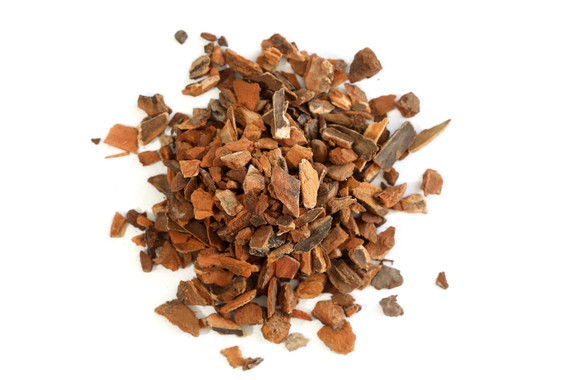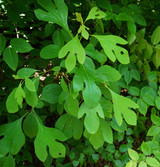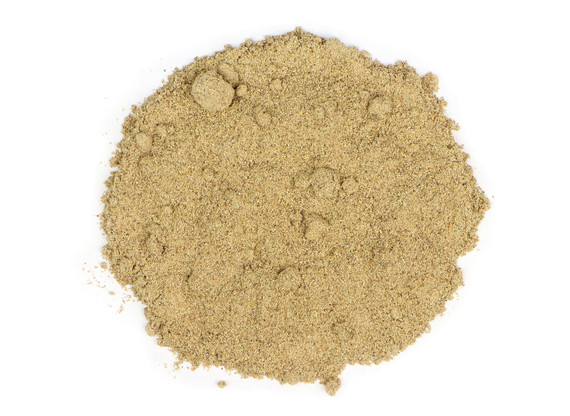Native to the central and eastern United States, Viburnum prunifolium is a large deciduous shrub with edible berries called haws. For centuries, Native American tribes have used the plant for its healthful benefits. Today, black haw is often cultivated as a garden shrub for its reddish-purple, autumnal leaf color. Black haw bark can be brewed into tea or macerated as a liquid extract.
The black haw is a deciduous shrub that belongs to the honeysuckle family. It is native to North America and grows in moist woods, thickets, and along stream banks. Its red berries ripen in August, and gradually turn blue through the winter. Also called nannybush, black haw berries are edible and may be eaten off the bush or made into jams or preserves. The root bark is collected in autumn; the stem bark in spring and summer. Much of the knowledge regarding black haw was recorded in the medical and herbal textbook, King's American Dispensatory in 1854.
Precautions
Black haw should be used with caution in persons with a history of kidney stones. We recommend that you consult with a qualified healthcare practitioner before using herbal products, particularly if you are pregnant, nursing, or on any medications.
This information has not been evaluated by the Food and Drug Administration. This product is not intended to diagnose, treat, cure, or prevent any disease. For educational purposes only.










